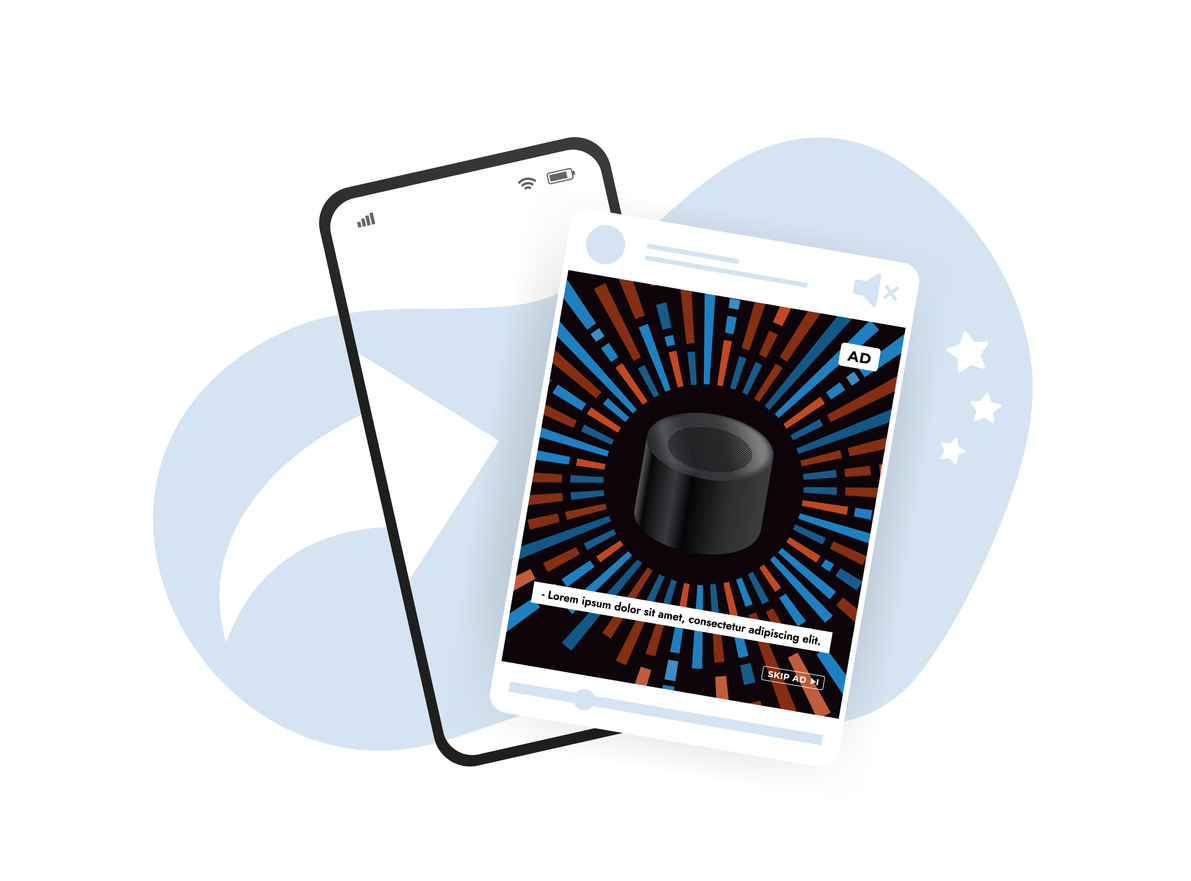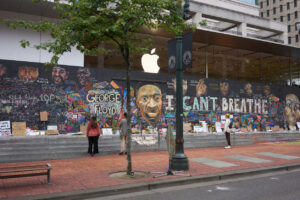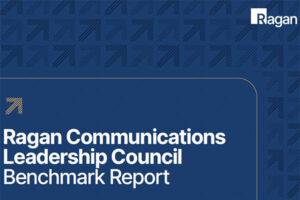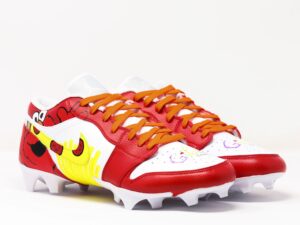Crafting internal accessibility guidelines for social media content
How communicators can create an environment where everyone feels empowered to engage.

April is Autism Awareness Month, an opportune time to re-evaluate how you communicate with accessibility in mind for internal and external audiences.
During Ragan and PR Daily’s Social Media Conference last month, Emily Lucht, director of digital communications at the U.S. Naval Academy Alumni Association and Foundation, shared how communicators can create an environment where all audiences feel empowered to engage with your content.
Here’s what we learned.
Starting with a checklist
“When it comes to incorporating accessibility into your social media,” began Lucht, “I always get asked, ‘Do you just have a checklist? I just want to do the bare minimum.’ So here you go. Here’s your checklist.”
Lucht’s checklist includes:
- Provide alternative text or image descriptions for all images and GIFs. “And come at me if you tell me it’s a GIF,” joked Lucht by referring to the acronym with a soft “G”.
- Caption videos, including Stories and Reels.
- Define all acronyms. “I come from a government background, so we love our acronyms like crazy. So make sure you define those.”
- Use Pascal Case hashtags. “So instead of saying ‘ragansocialmedia’ all as one word, I would capitalize the first letter of every word. That’s not just for people with disabilities. But I’m sure for everyone who doesn’t have a visual disability, it’s probably a lot easier for you guys to all read what I’m actually saying in that hashtag.”
- Shorten URLs. “I have this really long URL that we use for the Association for our distinguished graduates. And so I use a shortened link service like Bitly. I just go ahead and I let people know exactly what they’re about to click on.”
- Properly color contrast and format your graphics. “If you aren’t working with your graphics team are your branding team, I suggest going back home after this presentation and just talking to your team a little bit about what your color contrast looks like and what your branding colors look like.”
- Be mindful of third-party content and social trends. “Everybody likes to jump on some of the social social trends. And there are some great ones out there. But they’re not always accessible to people with disabilities or people using assistive technology. And third-party platforms, also. HootSuite and Sprout Social have already started to integrate accessibility into their platforms, which is fantastic. But there are still new platforms that are still being developed and I’m sure accessibility will be put on the back burner.”
- Minimize your emojis or your fancy fonts.
Fostering an internal culture of accessibility before posting
Lucht spent the remainder of her presentation explaining how this works starts with fostering an internal culture of accessibility.
“You have to make sure you do it internally before you do it externally,” she said. “So the first thing you need to do is meet with your team, meet with leadership and meet with your legal representation. If you don’t have a really good relationship with your legal rep, I suggest going home, taking them out for coffee, getting to know them a little bit and finding out exactly how you guys can benefit one another.”
“You also want to make sure you talk with your leaders,” she continued. “When I first stepped into my role about a year ago, our leadership team wasn’t quite sure what it meant when I said we need to make sure that we are being accessible. They weren’t quite sure what I meant when I said ‘Is this ADA compliant?’ What they did know was when I said , ‘Do you have any veterans who are blind? Do you have any veterans who might have disabilities that don’t want to openly admit that they have a disability?’ And the answer was yes. So the first thing I did was I went ahead and I pulled data.”
Lucht goes deeper into her internal approach for fostering a culture of accessibility in her full presentation, which you can watch here:







It’s actually Autism Acceptance Month 🙂 I know, because I’m an autistic professional and content creator. I am doing a series on being autistic in the workplace for AAM.
Thanks for the catch – this has been corrected! – JJ